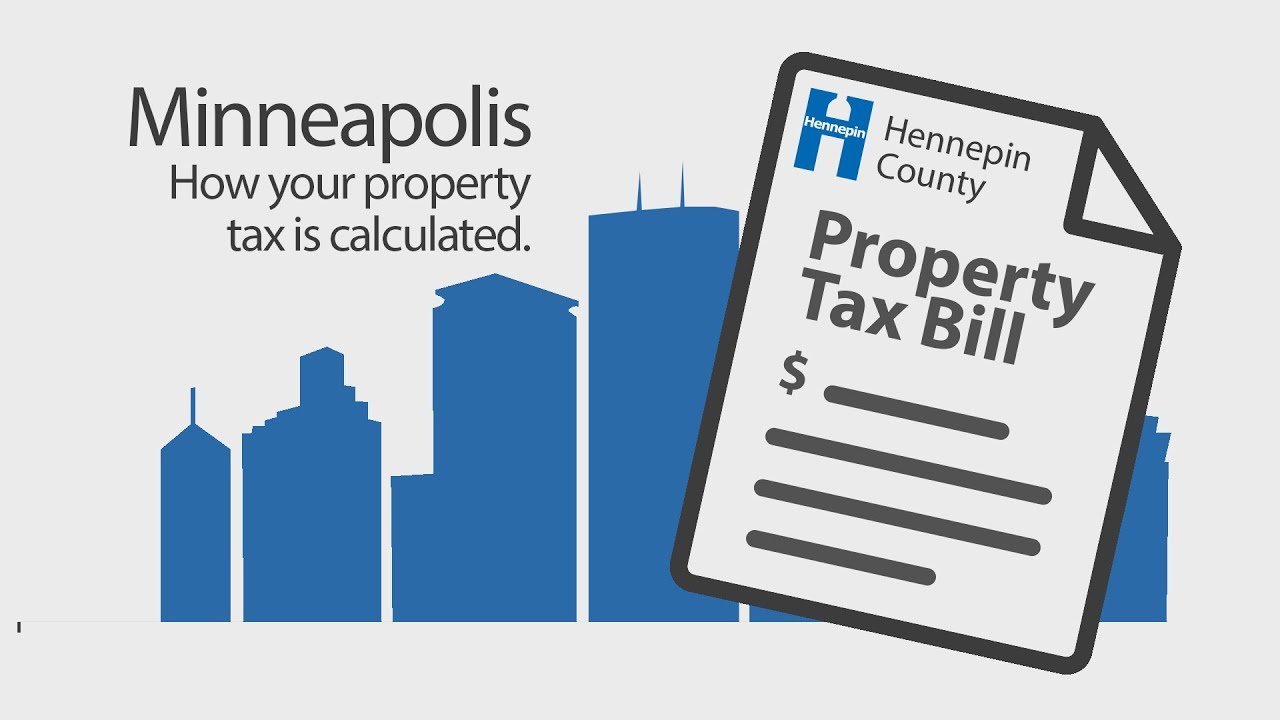Property tax notices shock Northsiders
There are three options to appeal
By David Pierini staff reporter
Surely, Hennepin County misplaced the decimal point on the property tax notice.
Karina (whose last name is being withheld), a relatively new homeowner with a small three-bedroom home in North Minneapolis’ Jordan neighborhood, received a projected increase fit for a mansion. But when she called the city assessor’s office, she was told the 108.2 percent increase was not a mistake.
“I was shocked,” said Karina. “How could the house value increase that much without a major renovation? This house gets hit by stray bullets and we don’t always get police coming to calls.
Karina was not the only Northsider shocked by the Truth in Taxation notices mailed out in early November.
North Minneapolis neighborhoods had the most double-digit increases than anywhere else in the city, according to the city’s assessment report released in March. Minnesota law requires assessors to value property as of Jan. 2 to set taxes due the following year.
Six neighborhoods will average property tax increases above 10 percent: Sumner Glenwood was the highest at 14 percent, Jordan (12) Willard-Hay (11), Jordan (12), Hawthorne (11), Harrison (11)
Three others, Webber-Camden, Shingle Creek and Lind-Bohanon, are at 9 percent.
However, some Northside residents are seeing increases between 20 and 40 percent.
Assessments were likely to catch up with North Minneapolis, where homebuyers and other investors have flocked to find affordable homes. The Northside’s two zip codes had the fastest growing home prices over the last five years, according to data compiled by the Minneapolis Area Realtors.
With higher home values and taxes comes an even greater fear of gentrification. A home’s increase in value is largely a positive, but some fear soaring tax hikes could force out residents on low or fixed incomes.
Fortunately, residents can appeal the assessed property value on their homes in the spring after they receive a Notice of Valuation and Classification.
Residents should first do a little homework, according to the Minnesota Department of Revenue. Verify property information, such as age, dimensions and condition of structures. Review records to determine the market values of similar properties in your neighborhood and what they are selling for. Photographs may also be used to support a claim on the condition of a property. Ask for an assessor to inspect the interior and exterior of your property.
If resident and assessor can not agree on property valuation or classification, the owner should file an appeal with the City of Minneapolis Local Board of Appeal and Equalization. Further appeals can be made to the Hennepin County Board of Appeal and Equalization and the Minnesota Tax Court.
“The increase in values along with a decrease in the homestead market value exclusion (the exclusion decreases as property values increase) is why we are seeing larger tax increases in these neighborhoods,” according to a statement from the city assessor’s office. “Also, keep in mind that the different levy increases and the shift in property taxes due to a declining commercial market for the 2021 assessment have an impact on taxes as well.”
Melissa Newman, a resident of the McKinley neighborhood, fears certain people are an assessment closer to foreclosure.
Newman bought her home 15 years ago, but has been underwater until this year, when the value of her home increased 8.3 percent, making it the first time her home was worth more than what she paid.
Every entity gets a piece of her money, the school district, parks and recreation, and of course the city and county, which recently passed increased tax levies.
Newman sat on the Collaborative Planning Committee for the redevelopment of Upper Harbor Terminal. She favors the development but used her time on the committee to urge city officials and planners to protect nearby neighborhoods.
“Property taxes are going to increase and people could get pushed out,” Newman said. “We need to speak to the city assessor to put something in play to protect the Northside, eliminate gentrification and still let development happen. The city has to protect all of those homeowners holding it down all the years through the mortgage crisis and the tornado.”

